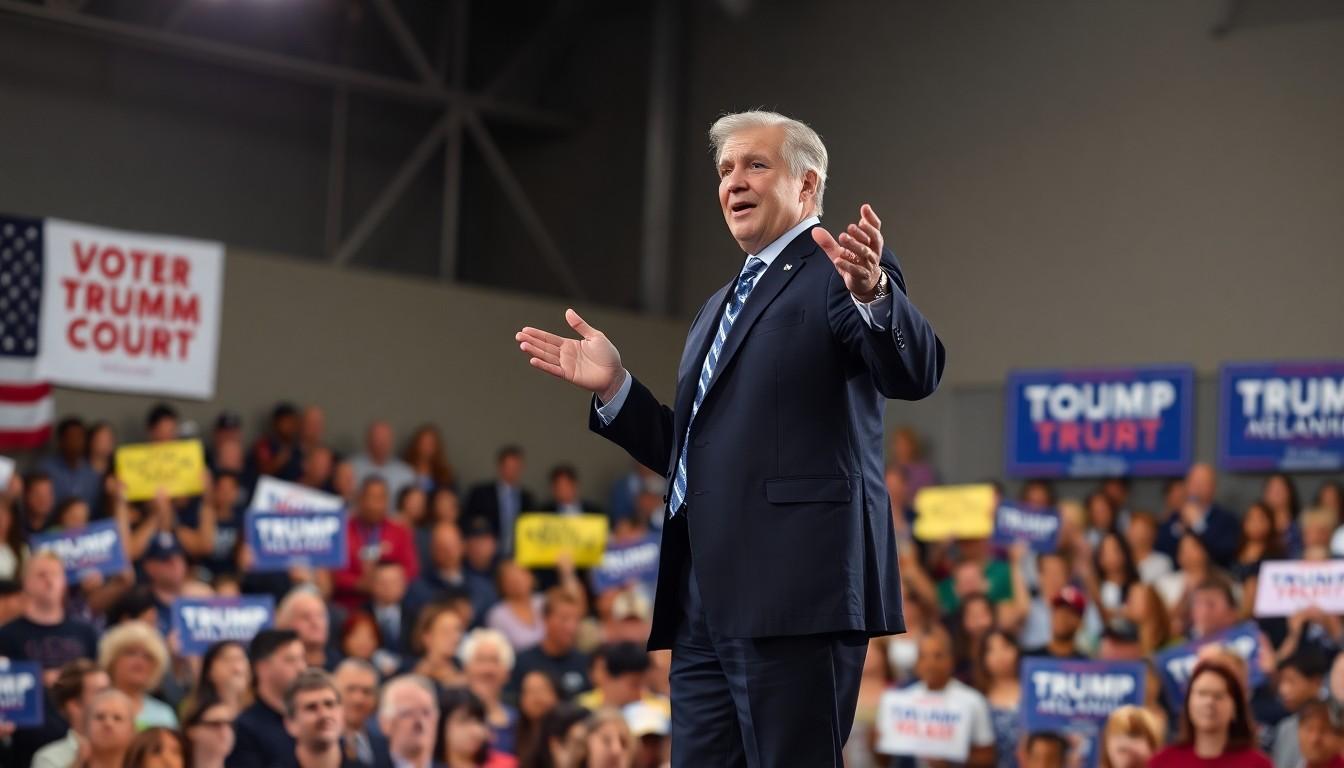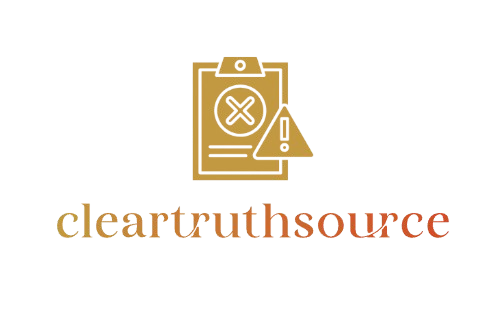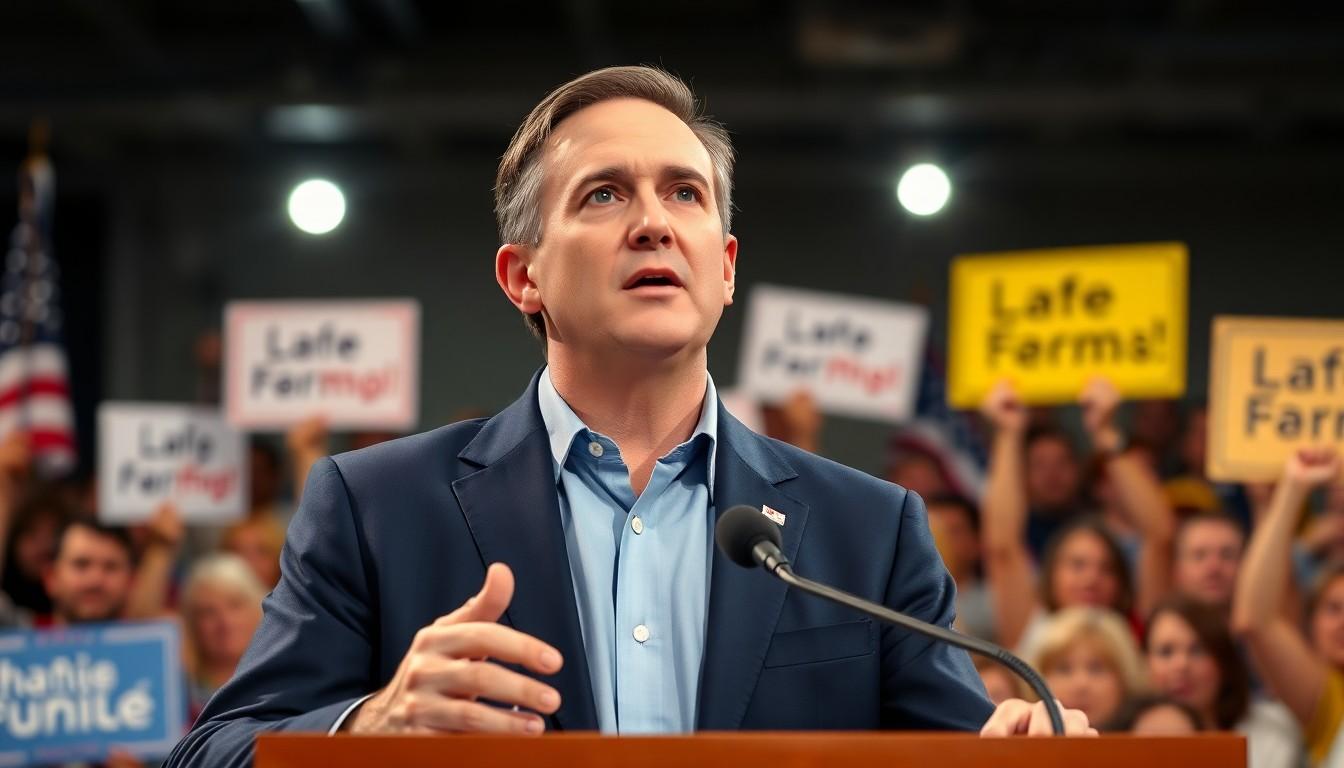In the high-stakes world of politics, image isn’t just everything—it’s the only thing. Whether it’s a perfectly timed selfie or a well-crafted speech, a politician’s persona can make or break their career faster than you can say “polling numbers.” The art of political image is a delicate dance, mixing charisma with strategy, and let’s face it, a dash of good old-fashioned spin.
Understanding Political Image
Political image shapes perceptions of politicians and their policies. It encompasses the beliefs, emotions, and reactions that individuals associate with political figures.
Definition of Political Image
Political image refers to the public persona created by a politician through their behavior, communication, and media portrayal. This image is a blend of personal characteristics, political beliefs, and strategic messaging. Often, people perceive political image as a representation that influences their opinions and voting behavior.
Importance of Political Image in Politics
Political image plays a crucial role in determining a politician’s success. Voters often connect with candidates based on their image rather than policies alone. A compelling image can enhance public trust and facilitate connections with constituents, driving voter engagement. Additionally, media coverage significantly influences how political images are constructed and perceived, shaping narratives that affect elections. Understanding these dynamics is vital for any politician aiming to maintain relevance in a competitive political landscape.
Components of Political Image

A politician’s image comprises various components that shape public perception. Two key elements include personal branding and media representation.
Personal Branding
Personal branding involves crafting a distinct persona that resonates with voters. Key attributes often include authenticity, integrity, and relatability. A politician’s storytelling techniques further enhance connections with constituents. Engaging with social issues and community events fosters a sense of familiarity and trust. Consistent messaging reinforces the politician’s values and mission. Developing a cohesive brand identity helps create a memorable impression in voters’ minds. Research shows that clear personal branding can increase voter support by up to 20 percent.
Media Representation
Media representation plays a crucial role in shaping a politician’s image. Coverage through news outlets influences public perception. Positive portrayals can enhance credibility, while negative coverage may undermine trust. Strategic media appearances also allow politicians to communicate their messages directly to audiences. Utilizing social media platforms expands reach and drives engagement with younger demographics. Studies indicate that favorable media representation correlates with improved approval ratings. Understanding and navigating media dynamics becomes essential in a competitive political environment.
Strategies for Shaping Political Image
Political image relies heavily on various strategies that enhance visibility and influence public perception. A focused approach to social media and public relations can significantly shape how politicians are seen by the electorate.
Social Media Influence
Social media serves as a powerful tool for shaping political image. Engaging content fosters connections with voters, especially younger demographics who primarily consume news online. Authenticity remains vital; sharing personal stories or experiences enhances relatability. Additionally, responding to comments and messages increases engagement and builds community trust. Metrics reveal that candidates with active social media presence can boost voter support by up to 25 percent. Strategic use of platforms like Instagram, Twitter, and TikTok engages audiences through diverse content types, from live streams to curated posts.
Public Relations Tactics
Public relations tactics play a significant role in refining a political image. Consistent messaging across various media channels establishes credibility and reinforces key themes. Crisis management strategies also prove essential; addressing negative coverage promptly helps mitigate damage. Building relationships with journalists ensures favorable media portrayal, providing opportunities for coverage that aligns with the politician’s message. Furthermore, organized events, town halls, and community engagements create personal connections with constituents. Research has shown that effective public relations can enhance approval ratings by as much as 30 percent when executed correctly.
Examples of Political Image in Action
Political image manifests through various successful and failed cases, illustrating the effects of public perception.
Successful Political Image Cases
Barack Obama exemplifies a successful political image through his charisma and eloquent communication. His approach to social media engagement, particularly during his 2008 campaign, effectively connected him with younger voters. The use of storytelling crafted relatability, enhancing voter support by approximately 25 percent. Furthermore, Jacinda Ardern showcased leadership during crises, reinforcing her image of empathy and authenticity. By prioritizing transparency, she fostered trust among constituents, significantly boosting her approval ratings during her tenure.
Failed Political Image Cases
Hillary Clinton’s 2016 campaign highlighted the pitfalls of political image mismanagement. Perceptions of insincerity diminished voter confidence, regardless of her experience. Negative media portrayal often overshadowed positive elements, limiting her appeal. Similarly, Scott Walker’s attempt to position himself as a champion of the working class faltered after the backlash against his policies. Critics labeled his image as disingenuous, which led to a decline in public support. These instances illustrate how crucial authenticity and media representation are in shaping political success.
Conclusion
Political image plays a pivotal role in shaping a politician’s success. The interplay of personal branding and media representation can either elevate a candidate or lead to their downfall. Authenticity and relatability resonate deeply with voters, making it essential for politicians to engage genuinely with their constituents.
As demonstrated through various examples, effective strategies in social media and public relations can significantly enhance public perception. In today’s competitive political landscape, understanding and managing one’s image is not just beneficial; it’s crucial for gaining trust and fostering voter engagement. The impact of a well-crafted political image cannot be underestimated in influencing electoral outcomes and building lasting connections with the public.

